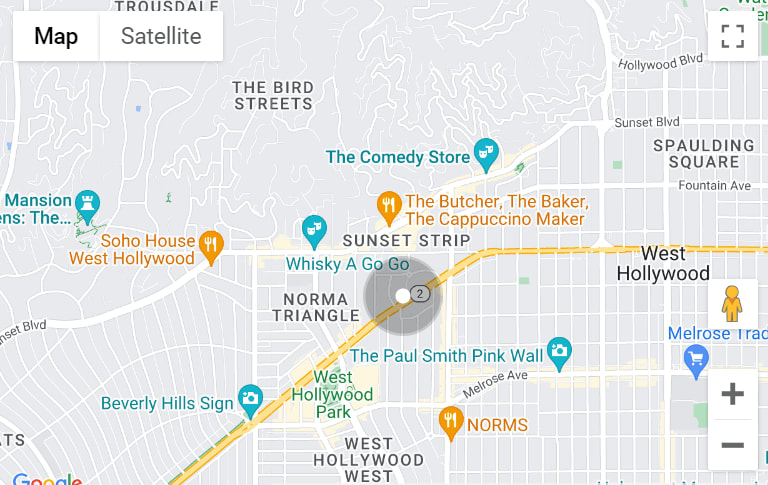For a beautiful and sustainable garden that impacts your natural landscaping, water usage, and environmental footprint, the right knowledge from the right real estate agent makes all the difference
Equipped with the proper knowledge, you can spruce up your outdoor space with a sustainable garden featuring beautiful natives, drought-tolerant plants, butterfly gardens, and so much more.Your guide to natives
Let’s begin with native plants, which promote incredibly sustainable gardens and natural landscaping that demand less water and maintenance, help welcome and sustain wildlife, and eliminate fertilizers and pesticides. For the eco-conscious gardener ready to help restore the natural ecosystem and reduce strain on the environment, natives get the job done with plants that look and smell beautiful.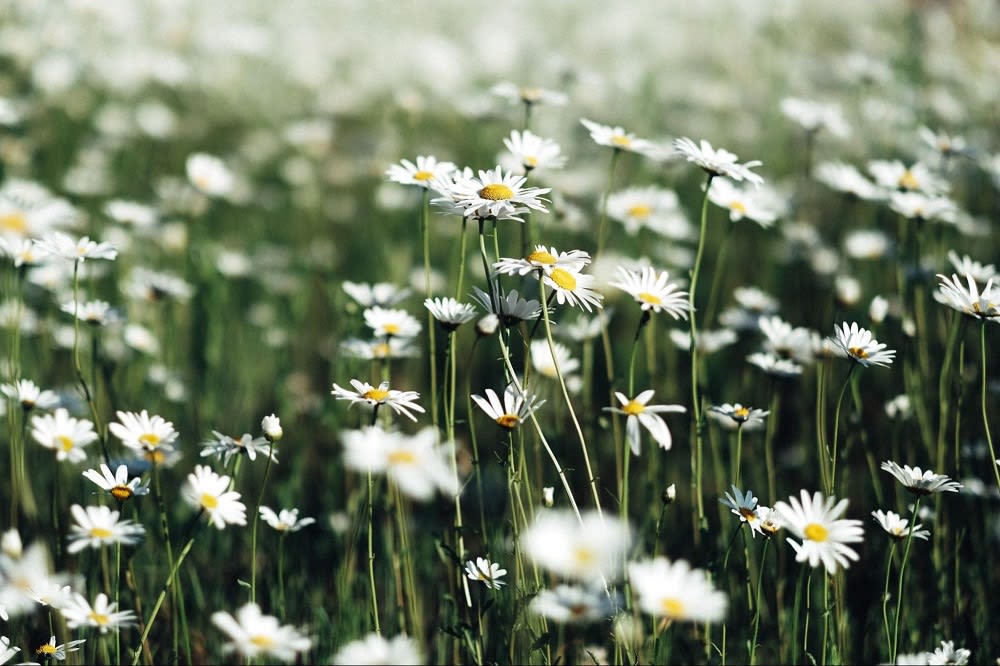
California native plants grow naturally in California. And there are thousands of native species in the state. However, many gardeners opt for the more drought-tolerant and wildlife-friendly natives.
California has the most diverse state flora in North America, north of Mexico, where demand for native plants and landscapes grows. The good news for San Francisco homeowners and gardeners is that many California natives exude a Mediterranean quality that creates the perfect plant palette for a sustainable and spruced-up outdoor space. Need a brief lesson on California natives?
The core characteristics of California natives include:
- fragrant leaves and flowers
- broad-leaved evergreens of olive green, silver, blue, gray, and white
- bold flower colors
- drought tolerance
- a profusion of annuals
- the enigma of summer dormancy, when many of the plants shut down growth and wait to make a fresh start with the winter rains
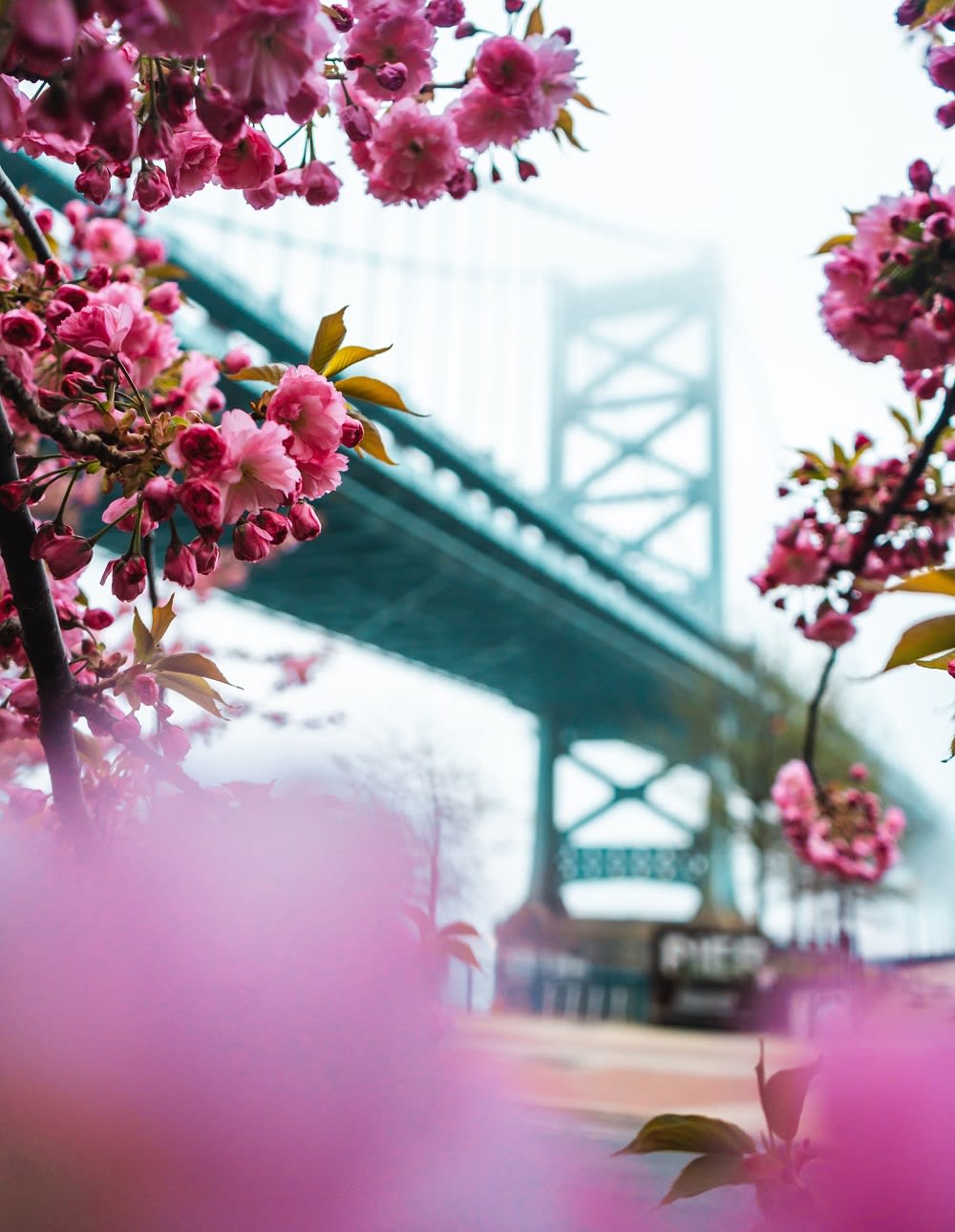
Native zones, exposure, soil, and care
Suitable microclimates for the most garden-worthy California native plants include Zones 9-11. However, your sustainable garden can also succeed in other microclimates, including Zone 8. And you always have the option to brighten up your outdoor space with seasonal containers.Although different kinds of exposure suit different species, full sun is the exposure preference for most California natives.
Most natives adapt to soils that range from slightly acidic to slightly alkaline. However, well-drained soils work best for your native-rich sustainable garden.
Despite their low-maintenance care, natives still demand seasonal attention and grooming to continue looking their best. Regular care for various types of natives depends on individual requirements. However, some do better with no summer watering.
Designing with natives
When it comes to design, focus on ecological and irrigation requirements when grouping natives. Expect natives that grow together in nature to look good together in your sustainable garden. And put your overwhelmed mind at ease by focusing on the most popular California natives.Top 12 native California plants:
- Point Reyes meadowfoam (Limnanthes douglasii ssp. sulphurea)
- woolly bluecurls (Trichostema lanatum)
- bush anemone (Carpenteria californica)
- island alumroot (Heuchera maxima)
- canyon snow iris (Iris douglasiana)
- bush sunflower (Encelia californica)
- monkey’s hand tree (X Chiranthofremontia lenzii “Griff’s Wonder”)
- bush monkeyflower (Mimulus aurantiacus)
- wild rose (Rosa woodsii ssp. ultramontana)
- hummingbird sage (Salvia spathacea)
- silver cholla (Opuntia echinocarpa)
- blue-eyed grass (Sisyrinchium bellum)
Water your natives regularly until your garden is established. Lower your water frequency after a year and check each plant’s specific water needs. And always respond to the weather. After the rain, give your watering a break. During a dry spell, crank your watering back up again.
Natives bloom at different times, some during the warmer seasons and others during the cooler temperatures. For the best sustainable garden, select at least one native that blooms in the spring, summer, fall, and winter so that your outdoor space remains gorgeous year-round.
Thoughts on drought-tolerant plants
Known for their ability to withstand extended periods without water, drought-tolerant plants work in tandem with other California natives to beautify your sustainable garden and landscaping. (Despite coping with less water, drought-tolerant plants usually grow better with regular watering.) However, drought-tolerant plants create gardens that thrive with regular rain but still stand strong throughout a drought.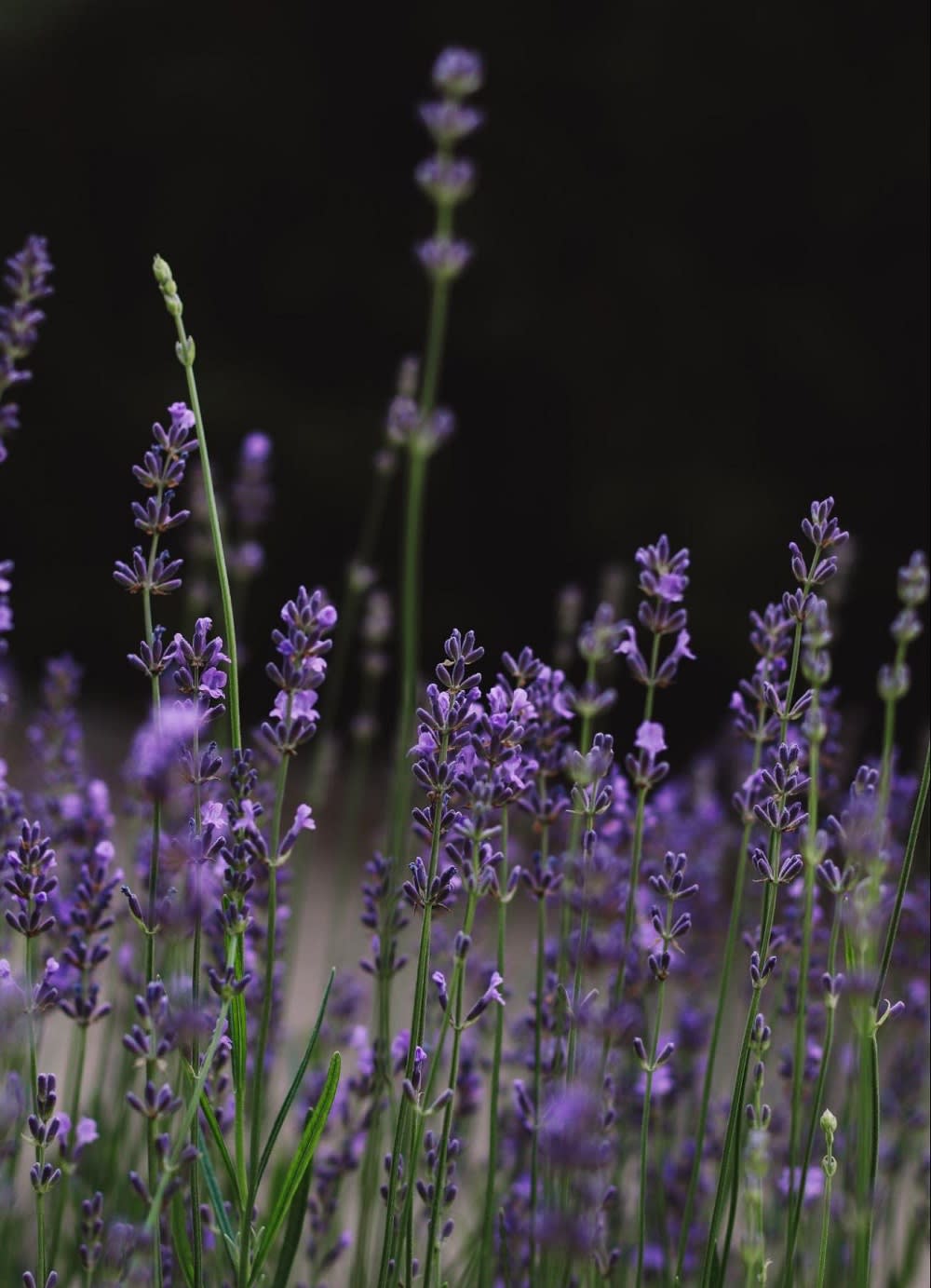
Drought-tolerant plants: Many are also tolerant of poor to average soils, which reduces irrigation time and money, even during periods of inadequate rainfall. Cacti and succulents belong in some drought-tolerant gardens. However, numerous plants survive periods of drought, including sedum or stonecrop.
Coreopsis and coneflowers: These are valued for their long blooming periods and drought-resistant properties. They also tolerate a wide range of soils. Lamb’s ears provide wonderful texture in rock gardens and spread easily, while African daisies grow almost anywhere. Other types of flowers that thrive in arid conditions include:
- dianthus
- verbena
- ageratum
- marigold
- ajuga
- aster
- gaillardia blanket flower
- daylily
- lavender
- liatris
- penstemon
- zinnia
- yucca
Create a butterfly garden
You can create a sustainable butterfly garden starting with just four primary materials: butterfly-attracting flowers, a large flat rock, a water source, and at least one tree or shrub.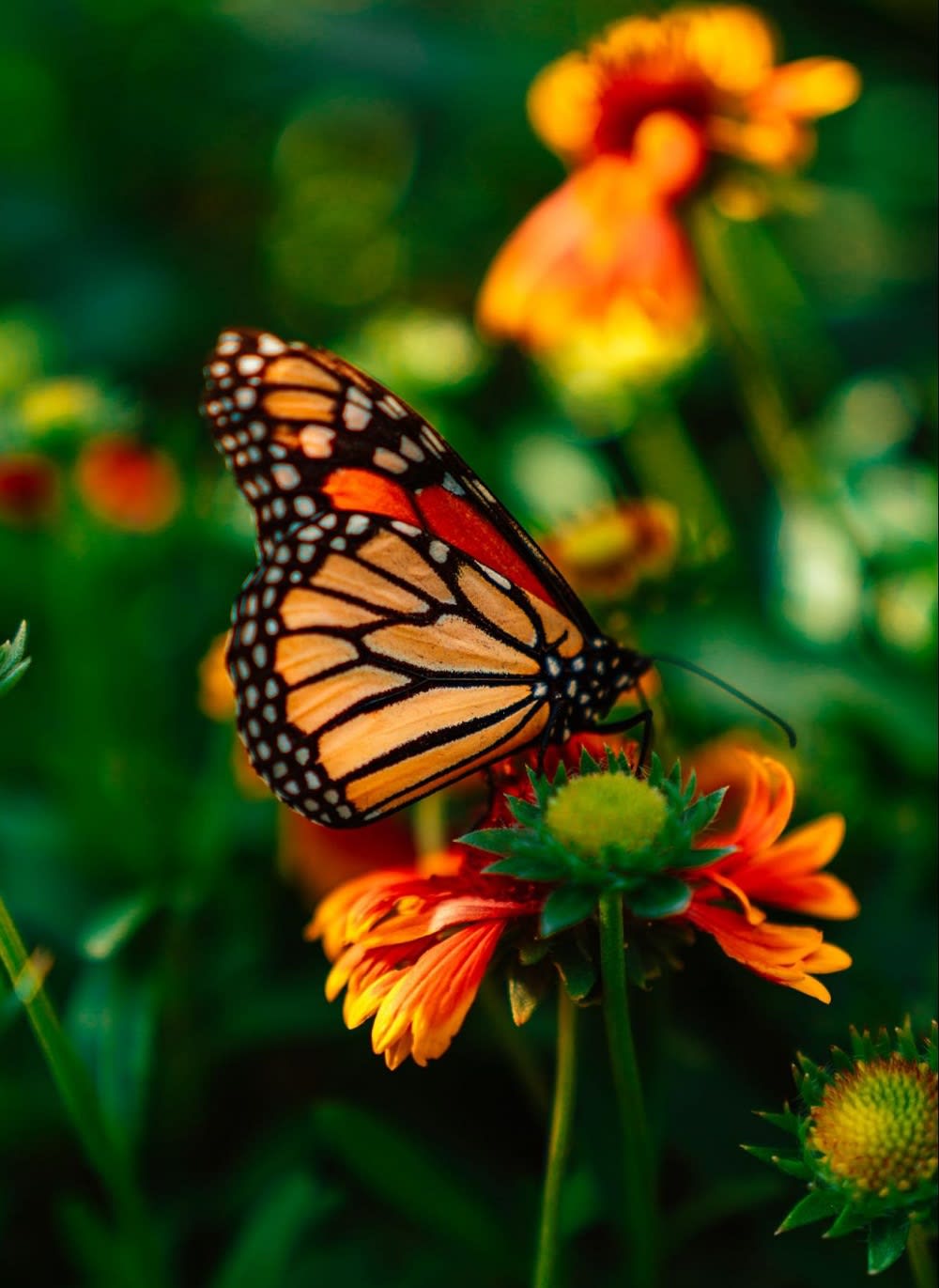
First, select a site with some sun that is also sheltered from the wind. Plant a few trees and shrubs for roosting at night and for cooling off on the hotter days. Next, add one or two large flat rocks in the sun where butterflies can bask during cool mornings. Fill an old birdbath or container with wet sand and create a puddle for butterflies to perch and enjoy a safe, refreshing drink. Then, add your plants, including:
- nectar plants, such as aster, black-eyed Susan, butterfly bush, butterfly weed, cosmos, ironweed, joe-pye weed, phlox, purple coneflower, sedum, and zinnia
- food plants for the larvae, like dill, fennel, milkweed, and parsley
Plant some privacy trees
The right trees, shrubs, and hedges can beautify your sustainable garden, screen undesired views, and give you some much-desired privacy from your neighbors. It’s easy to let the hundreds of plant choices overwhelm you. However, the list of the best privacy trees for your sustainable garden and spruced-up outdoor space shrinks when you focus on the right factors.The most important factors include:
- being evergreen
- The plant’s mature height and width
- speed of growth
- roots and invasiveness
- small leaves versus big leaves
Ideal for Zones 8-11, this privacy shrub has small gray-green leaves that contrast against blackish stems for a shimmering effect. When your goal is to plant formal hedging and privacy screening along paths and driveways, this shrub gets the job done with a mature plant size of 12-16 feet tall and 6-8 feet wide.
Maintain your Silver Sheen privacy trees with full sun to part shade exposure and moderate water at first but with little water once established. Keep your shrubs as low as 5 feet with 2-4 feet of space in between. You should expect to prune and clip this fast-growing species more often than the slower-growing plants in your sustainable garden.
Planters, containers, half-wine barrels, and more
Another fresh idea for attractive privacy screening is filling a long, narrow trough planter with upright varieties, such as boxwood shrubs, ornamental grasses, or tropical foliage. And if a minimalist appeal is more your style, fill your planter with artificial bamboo. False bottoms mean low maintenance, while a 17.5-gallon soil capacity creates a versatile option to spruce up your outdoor space.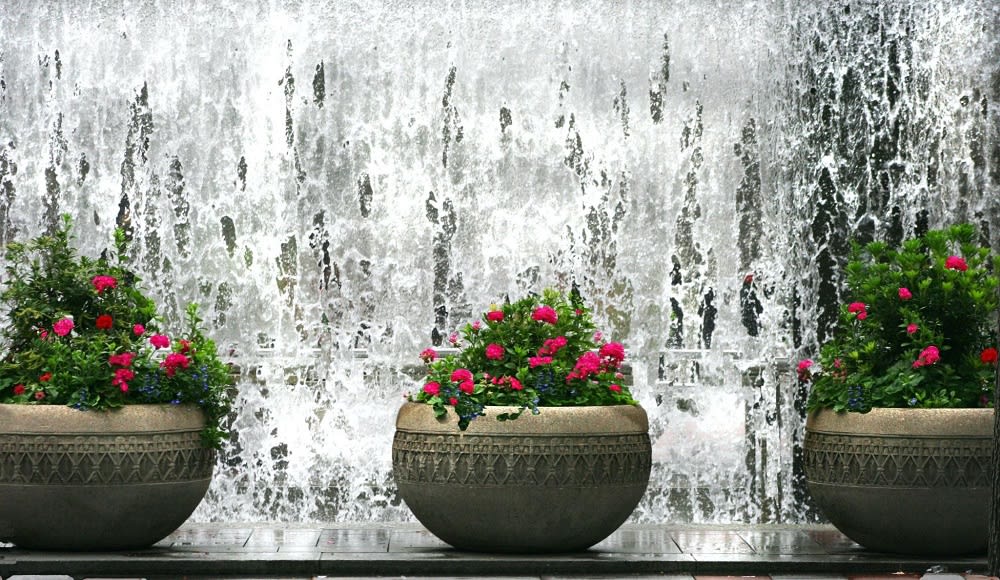
If you don’t have much space to work with, consider making container plants a staple of your sustainable garden. You can also make an instant planter box from a half-wine barrel. Just turn your barrel upside down and drill six or seven one-inch holes into the bottom for healthy drainage. Place your plants in position, lay the mesh, add a liner (if you’re using one), and pour in the soil. The end result is a large and versatile garden planter with a classic French oak style.
Soil is heavy, so consider the weight of your trough planter, container, or half-wine barrel when gardening on a balcony. For an extra boost in watering efficiency that can help save time, money, and the environment, consider installing a drip irrigation system. Landscapes account for over half – and in some cases as much as three-quarters – of household water, making drip irrigation systems one of the easiest and most economical ways to keep your plants healthy and beautiful without wasting water.
Natural fertilizers, natural pesticides, and seed bombs
Use natural fertilizers and pesticides, which are kinder to our environment but still build up and enrich our soils. Natural products last longer, require less feeding, and encourage the growth of microorganisms in the soil that help decompose organic matter, replenish soil nutrients, promote root growth, increase nutrient uptake, and break down herbicides and pesticides.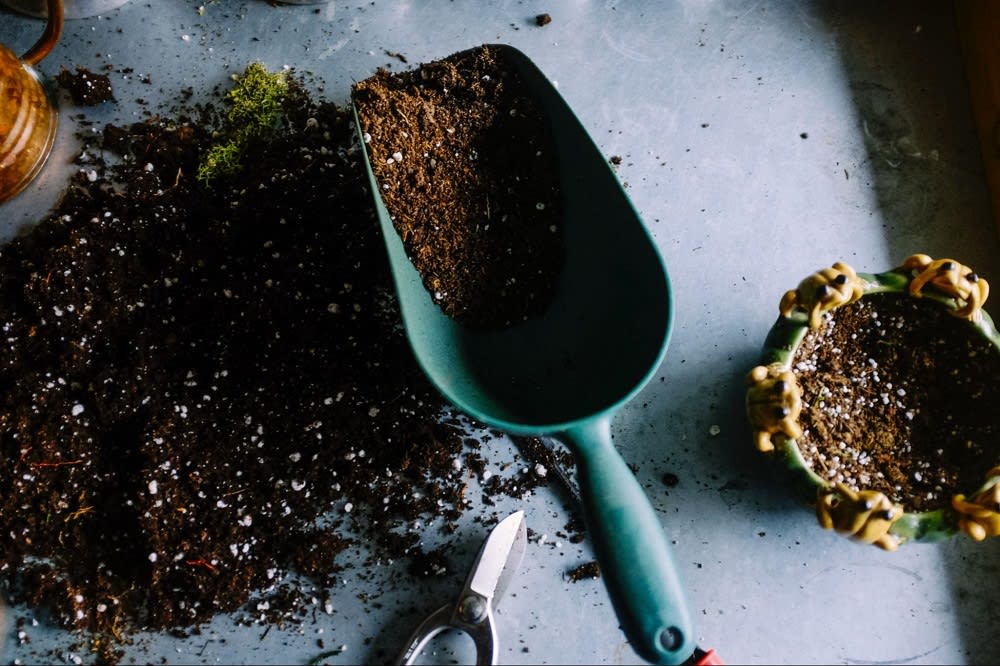
And if you’re into experimenting, throw some seed bombs into the soil and keep them moist. These little balls of compost and clay (or sometimes papier-m֑ache) keep the seeds moist as they germinate, get nourished by compost, grow, and implant themselves into your green space for a beautiful and sustainable outdoor space that provides valuable food for bees and birds.
Upgrade your outdoor (and indoor) space
Ready to move into a new San Francisco home that boasts the perfect indoor and outdoor space to complement your spruced-up and sustainable garden? Lifelong San Francisco resident and seasoned real estate agent Dylan Hunter brings more than 15 years of industry experience and exceptional knowledge to your next real estate transaction. His informed perspective, deep market insight, and research-driven analysis and observations provide clients with invaluable information to make the best and most prudent real estate decisions. Call Dylan today at (415) 902-8180 or email [email protected].
Share:
